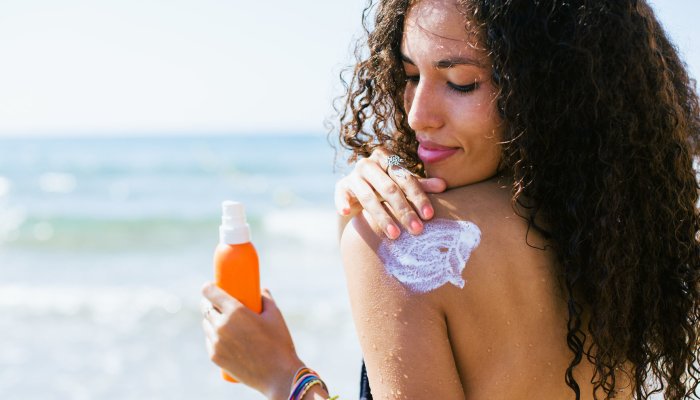

And because SPF is highly regulated by the FDA, it should be stamped with an FDA-approved expiration date. “Sunscreen expiration dates are required by the Food and Drug Administration,” Robinson agrees.
If your bottle doesn’t have an expiration date (or perhaps it rubbed off from wear or sweat), he recommends writing the date of purchase on the bottle yourself. Most sunscreens typically have a shelf-life of around three years, give or take, so keep track of when you purchased and opened your bottle.
So if you bought last year’s sunscreen last year, you should be OK. If it’s a four-year-old bottle, it’s probably time to toss it.
However! Your sunscreen can expire well before its proposed shelf-life if you don’t store it right. “Sunscreen should be stored in a cool, dark place1 to maintain its stability and efficacy,” Robinson explains, as direct sunlight and heat can break down its UV-protective molecules.
Meaning, if you frequently leave your sunscreen in a scorching hot car or outside by the pool, you might have a rancid SPF sooner than you think.
How do you know if your sunscreen has gone bad? Check the texture and color of the goop: Expired sunscreens tend to separate or appear clumpy, or they might have a yellow or brown tinge from oxidation. If your SPF smells at all pungent, that’s also a surefire sign it’s gone rancid (and probably contaminated with bacteria). You can read more about sunscreen best practices here, including how to store your various bottles.








